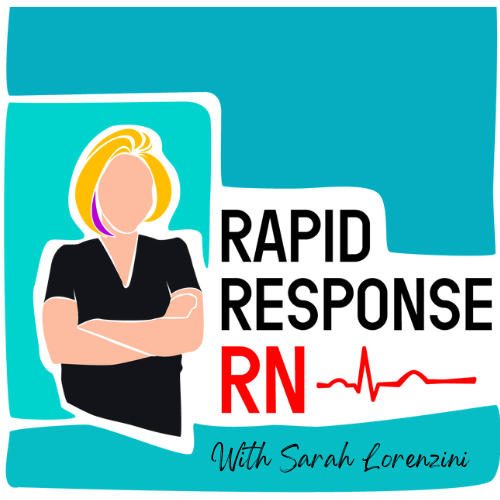What Happens During Dialysis with Jameisha Rogers, RN
Dialysis isn’t simply hooking up a patients to a machine for 3-4 hours. Veteran dialysis nurse, Jameisha Rogers RN, talks us through what happens during dialysis starting from reviewing orders to decannulation.
Up My Nursing Game is partnering with VCU Health Continuing Education to offer FREE continuing education credits for registered nurses. Click here to obtain nursing credit (1.00).
What does dialysis do?
Dialysis eliminates waste, corrects electrolyte deficiencies, and corrects fluid imbalances.
Inpatient v Outpatient Dialysis
Inpatient
- Dialysis is often a part of a treatment plan for another medical issue, surgery or situation
- Labs are drawn for every dialysis time
Outpatient
- A patient’s labs may be drawn about 2-3x/month
- Focuses more on the holistic care of the patient, including:
- Fluid status
- Electrolyte balance
- Anemia
- MBD (mineral bone disease)
- Vaccinations
- Case management
Different Types of Dialysis Access
- Fistula: A surgical connection between a patient’s own artery and vein. Considered the “gold standard” for dialysis access.
- Graft: Similar to the AV fistula, a graft is a surgical connection between a patient’s vein and artery, however the connection is made with a synthetic tube.
- CVC: A central line that terminates right above the right atrium. Due to the risk of infection, this is mostly used as temporary dialysis access until a fistula or graft has matured. A trialysis catheter falls into this category: it is a short-term catheter that is both a power PICC and dialysis access.
Blood Pressure During Dialysis
BP can increase or decrease based on the patient’s baseline, what/when medications were taken prior to dialysis, and the dialysis machine settings.
What is UF (ultrafiltration)?
Ultrafiltration is the mechanism for which fluid is removed from the blood during dialysis. Ultrafiltration occurs when fluid passes across a semipermeable membrane (the dialyzer) to an area of lower pressure (the dialysate).
A high UF volume means that a large volume of fluid will be removed from the patient. A high UF rate means that fluid will be removed from the patient quickly.
Strategies to increase BP during dialysis?
- Decrease the UF rate (amount of fluid removed divided by the hours)
- ADD volume
- Medication support such as albumin, midodrine, or vasopressers
Anemia in ESRD
The kidneys play a primary role in RBC production by secreting the hormone erythropoietin. Patients will often receive exogenous Epogen, iron, and vit D to help stimulate RBC production on dialysis days
Miscellaneous
Q: When should we be taking off dialysis dry dressing?
A: Around 4 hours after dialysis has ended (don’t leave until the next day)
Q: Why are patients tired afterwards?
A: We are doing in 3-4 hours what the body does 24 hours a day — fluid balance, removing toxins, electrolyte replacement to name a few. The decrease in kidney function itself along with anemia and other comorbid issues contribute to fatigue.

































